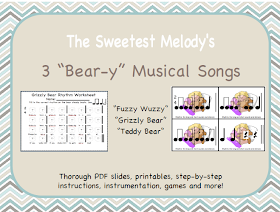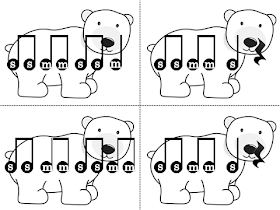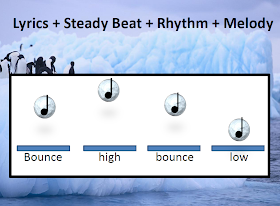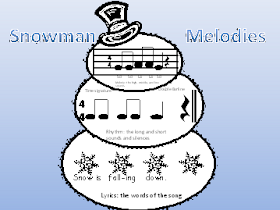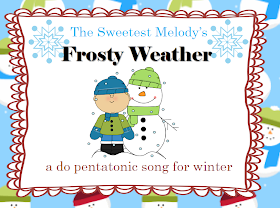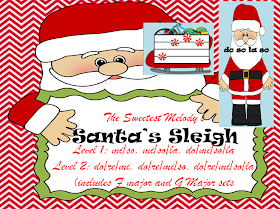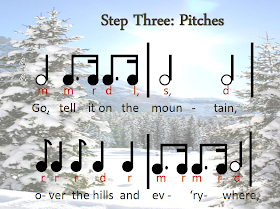 |
| Love this cute add from Kristin at Creative Clips |
These three bear-themed lessons are great for ages K-2. I love using them around this time of year because the bears are "hibernating".
Speaking of bears, I created the song "Klondike" as a new so and mi lesson:
These folders are always a big hit with K-2 (and really handy if someone is covering your class while you do a holiday rehearsal or performance) - you'll find 5 winter/holiday-themed folder games to choose from (click here for a freebie Gingerbread themed game):
This original song (with a corresponding partner song and instrumentation ) is really handy for 2nd graders working on mi so la:
These mi-so-la based penguin songs I use with 1st graders:
If you're ready to add in do, check out this do mi so la snowman activity that also walks students through the steps of creating their own piece:
This song is great for reviewing the Do pentatonic pitches (you'll find extensive instructions, teaching slides, instrumentation you can use for a performance and more):
These games are cute for students who need to review most basic melodic concepts (bag and bage on recorder, treble clef spelling, mi/so, mi/so/la, do/mi/so/la, do/re/mi, do/re/mi/so, do/re/mi/so/la)
My older students enjoy "learning" this piece (I've used it in a 5th grade winter program, but now we usually learn the melody during the last week of classes in December as a fun activity)
Another great song for older students is "Go Tell It On the Mountain" (this includes a printable activity):
I like using this song for reinforcing the half note (with 2nd):
I created this activity for older students to review the pitches of the treble clef (the levels progress from 3 to 7 letters):
In my bundle, "A Musical Wonderland" you'll find all of these resources and much more - check it out:
Best of luck during these next few busy weeks - I know I'll be swamped!

